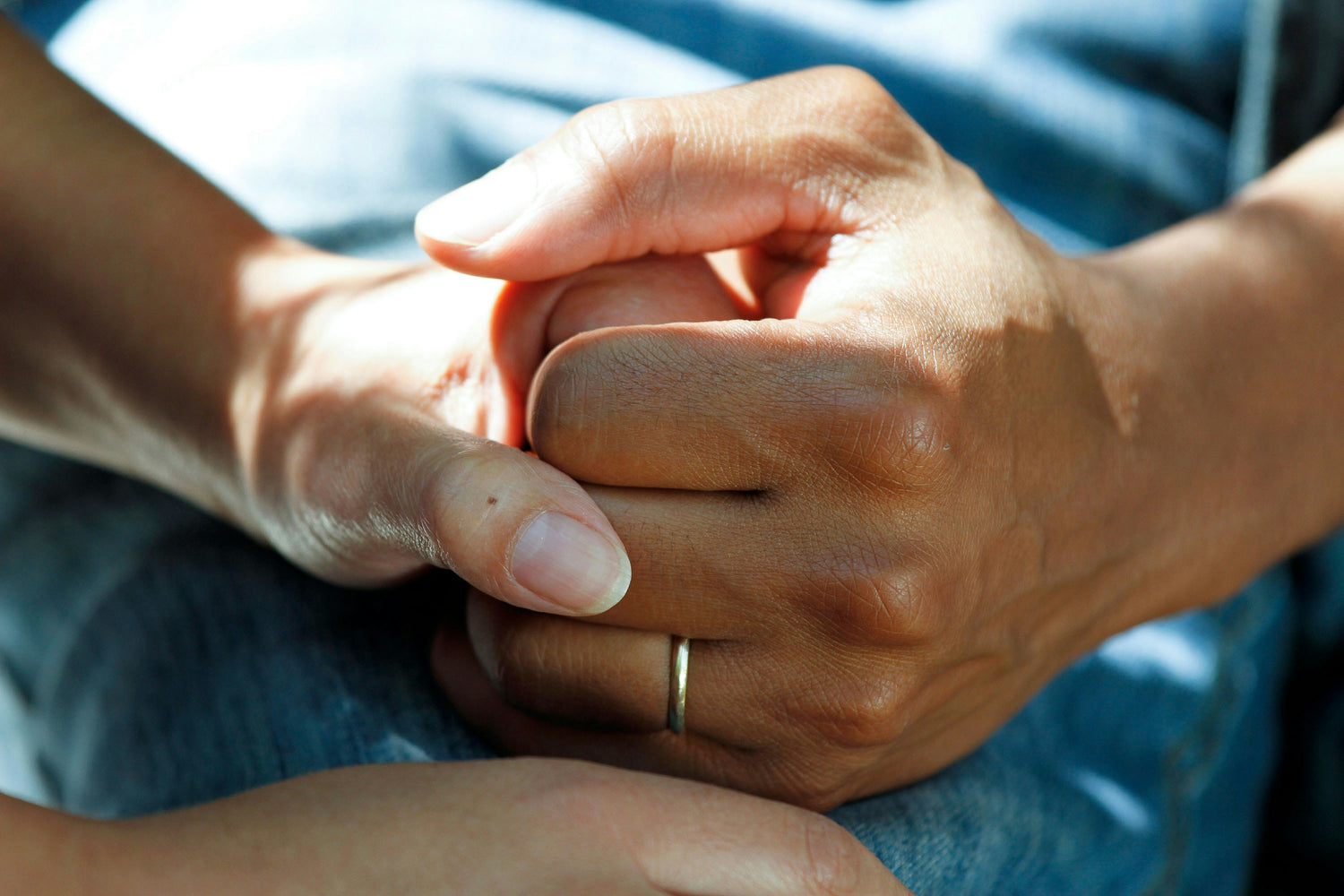Lymphedema is a chronic condition that affects millions of people worldwide. Despite its prevalence, it remains relatively misunderstood and often overlooked. In this blog, we'll delve into what lymphedema is, its causes, symptoms, and explore management strategies to improve the quality of life for those living with this condition.
What is Lymphedema?
Lymphedema is a condition characterized by swelling (edema) caused by a blockage in the lymphatic system. The lymphatic system is a network of vessels and lymph nodes that help rid the body of toxins, waste, and other unwanted materials. When the lymphatic system is impaired, fluid can build up in the tissues, leading to swelling and discomfort.
Causes of Lymphedema:
Lymphedema can be primary or secondary. Primary lymphedema is rare and often occurs due to genetic abnormalities affecting the development of the lymphatic system. Secondary lymphedema is more common and typically arises as a result of damage to the lymphatic system. Common causes of secondary lymphedema include:
- Cancer treatment: Surgery or radiation therapy for cancer can damage lymph nodes or vessels, leading to lymphedema.
- Infection: Conditions such as cellulitis or filariasis can cause inflammation and damage to the lymphatic system.
- Trauma: Injuries or accidents that damage lymph nodes or vessels can impair lymphatic drainage.
- Obesity: Excess weight can put pressure on the lymphatic system, hindering proper drainage.
Symptoms of Lymphedema:
The hallmark symptom of lymphedema is swelling in the affected limb or body part. Other common symptoms may include:
- Heaviness or tightness in the affected area
- Limited range of motion
- Aching or discomfort
- Recurring infections in the affected limb
Management of Lymphedema:
While lymphedema is a chronic condition with no cure, various management strategies can help alleviate symptoms and improve quality of life:
- Compression therapy: Wearing compression garments or bandages can help reduce swelling by providing external pressure to support lymphatic drainage.
- Manual lymphatic drainage (MLD): This specialized massage technique helps stimulate lymphatic flow and reduce swelling.
- Exercise: Gentle exercises such as walking, swimming, or yoga can promote lymphatic circulation and improve mobility.
- Skin care: Keeping the skin clean and moisturized helps prevent infections and complications associated with lymphedema.
- Healthy lifestyle: Maintaining a healthy weight, eating a balanced diet, and avoiding prolonged periods of immobility can help manage lymphedema symptoms.
Lymphedema is a challenging condition that requires ongoing management and support. By understanding the causes, symptoms, and available management strategies, individuals living with lymphedema can take proactive steps to minimize its impact on their daily lives. It's essential for healthcare providers and the broader community to raise awareness about lymphedema and provide access to comprehensive care and resources for those affected by this condition. Through education, advocacy, and research, we can work towards improving the lives of individuals living with lymphedema.


